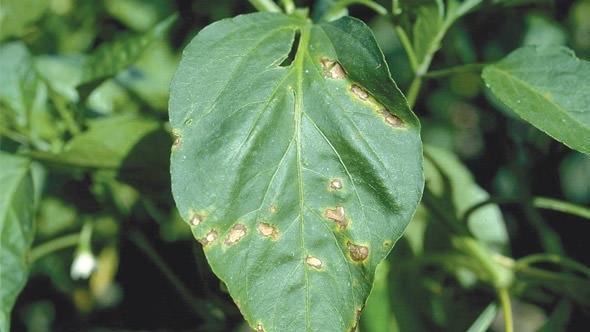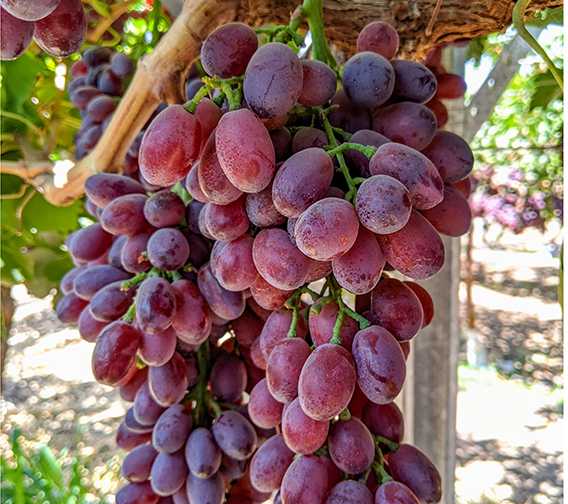Famed Grape Breeder: Play Smart and Win
Dr. David Ramming, in his keynote address at the 9th International Table Grape Symposium in Santiago, Chile, outlined his philosophy on grape breeding.
First, he says, have a clear set of objectives. Clusters must have a good rachis, with berries that are large, uniform in size, have a desirable color, flavor, and texture, and fill the cluster without crowding. The vine must also be considered and should produce a good number of spurs with a canopy that fills the trellis and is, ideally, disease- resistant. Berries that are prone to cracking, browning, or wind scar are undesirable, Ramming adds.
To maximize the chances of attaining these goals, Ramming says breeders should “play smart” by choosing the best parents, which he defined as those having complementary traits. A germplasm collection is needed as a source of parental material, and he suggests available varieties and public and private germplasm collections.
Knowledge of trait inheritance is important, Ramming says, but breeding is still a “numbers game,” with the likelihood of success greatly increasing with the number of crosses and seedlings. However, as the number of seedlings increases, it can become more difficult to evaluate them effectively.
Assays and other quick tests can help winnow the field, Ramming says. He cites two examples of such assays using leaf discs: One assay indicates potential berry color, another powdery mildew resistance. Seedlings not having the potential for colored fruit or resistance to powdery mildew can be eliminated quickly.
Ramming stresses decisions should be made as quickly as possible but notes that some traits require a long time to evaluate. In some cases, cultural practices can be used to improve the expression of certain traits, but doing so will increase production costs.
This may be acceptable in some cases. For example, Ramming says, ‘Flame Seedless’ has a special crisp texture that has helped keep it relevant, even though it has low expression of another important trait, red berry color. Growers have learned that color can be improved with cultural practices (mainly plant growth regulators).
Ramming stresses that only selections that are better than existing varieties should be released. After a variety is released, its success will depend on the quality and uniqueness of its traits, how well it was tested during the selection process, how growers treat the variety, and how easy it may be to develop a better variety.
Ramming’s varieties are grown around the world and account for 50% of the table grapes grown in California. Now retired, he was inducted into to the USDA-ARS Science Hall of Fame in 2013.
Ramming released 15 table grape varieties at the International Table Grape symposium, one of which, ‘Crimson Seedless,’ was named an Outstanding Cultivar by the American Society for Horticultural Science.
The symposium, which attracted hundreds of attendees, featured researchers from around the world who reported on a variety of topics, including new varieties, irrigation, nutrition, environmental stress, rootstock evaluations, pest and disease management, plant growth regulators, and postharvest management. Industry leaders also discussed the business of table grapes from the perspective of different producing countries. Several of the attendees tweeted highlights of the meeting using the #9ITGSChile hashtag.
A common theme in the various talks was the need to improve production efficiency and quality. Variety selection was highlighted as a fundamental step toward meeting those goals. A considerable portion of the program was dedicated to a review of successful breeding programs, and the strategies and tools people are using to improve the odds of developing a superior variety. Many of the industry people also commented on the importance of variety development to their industry.











